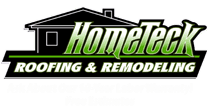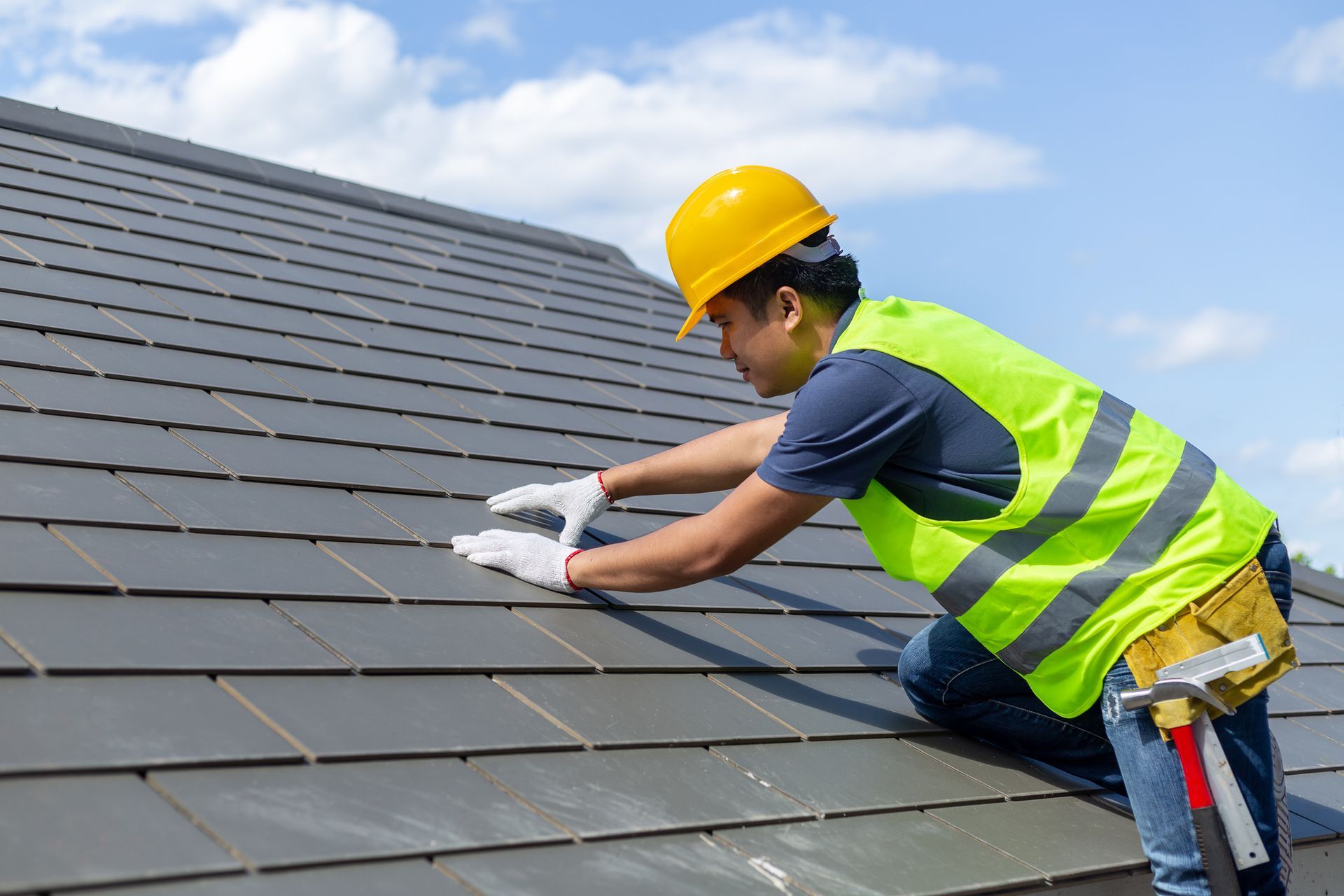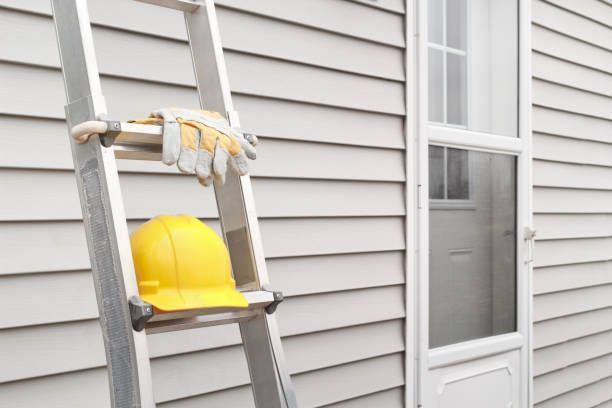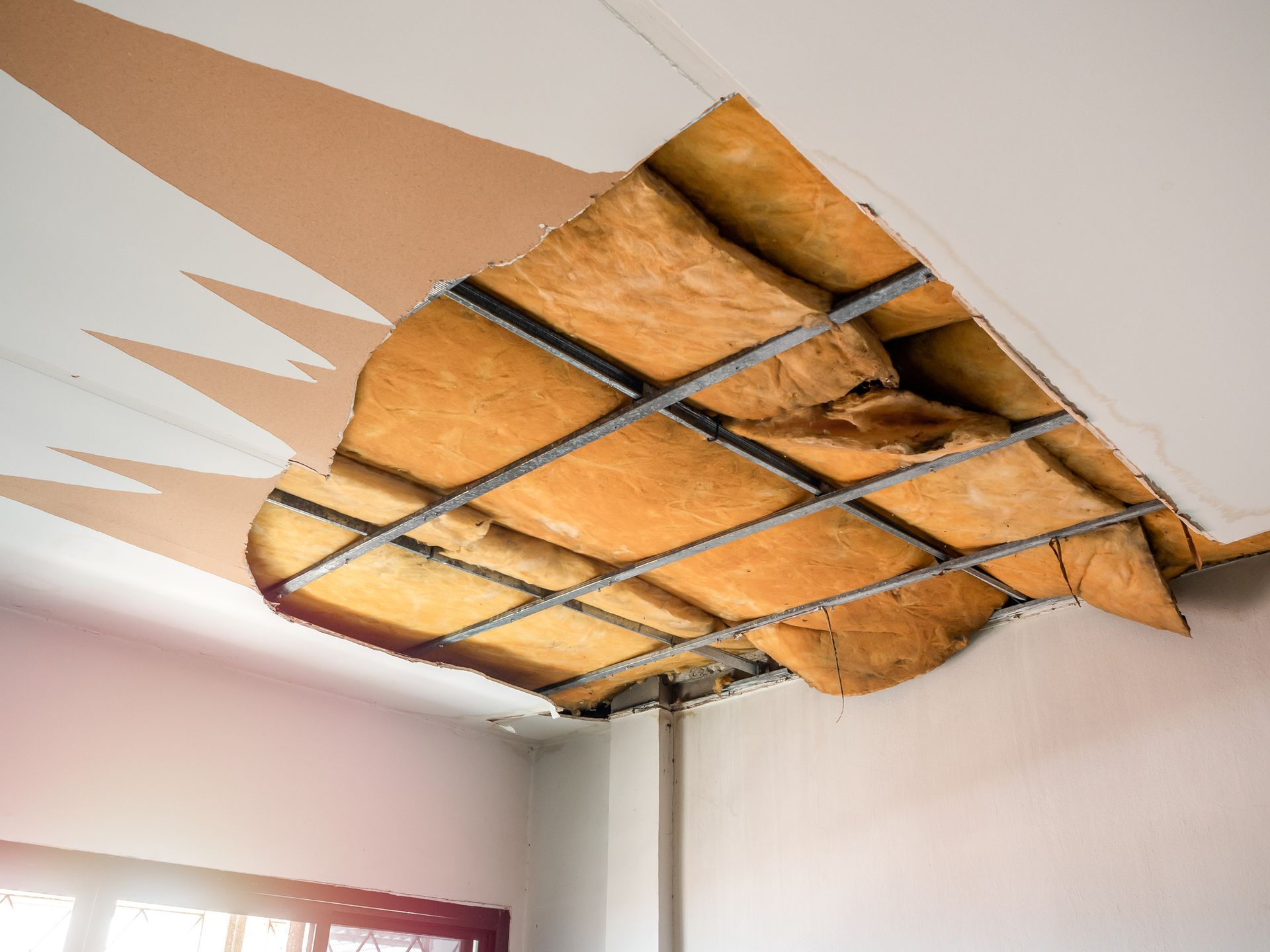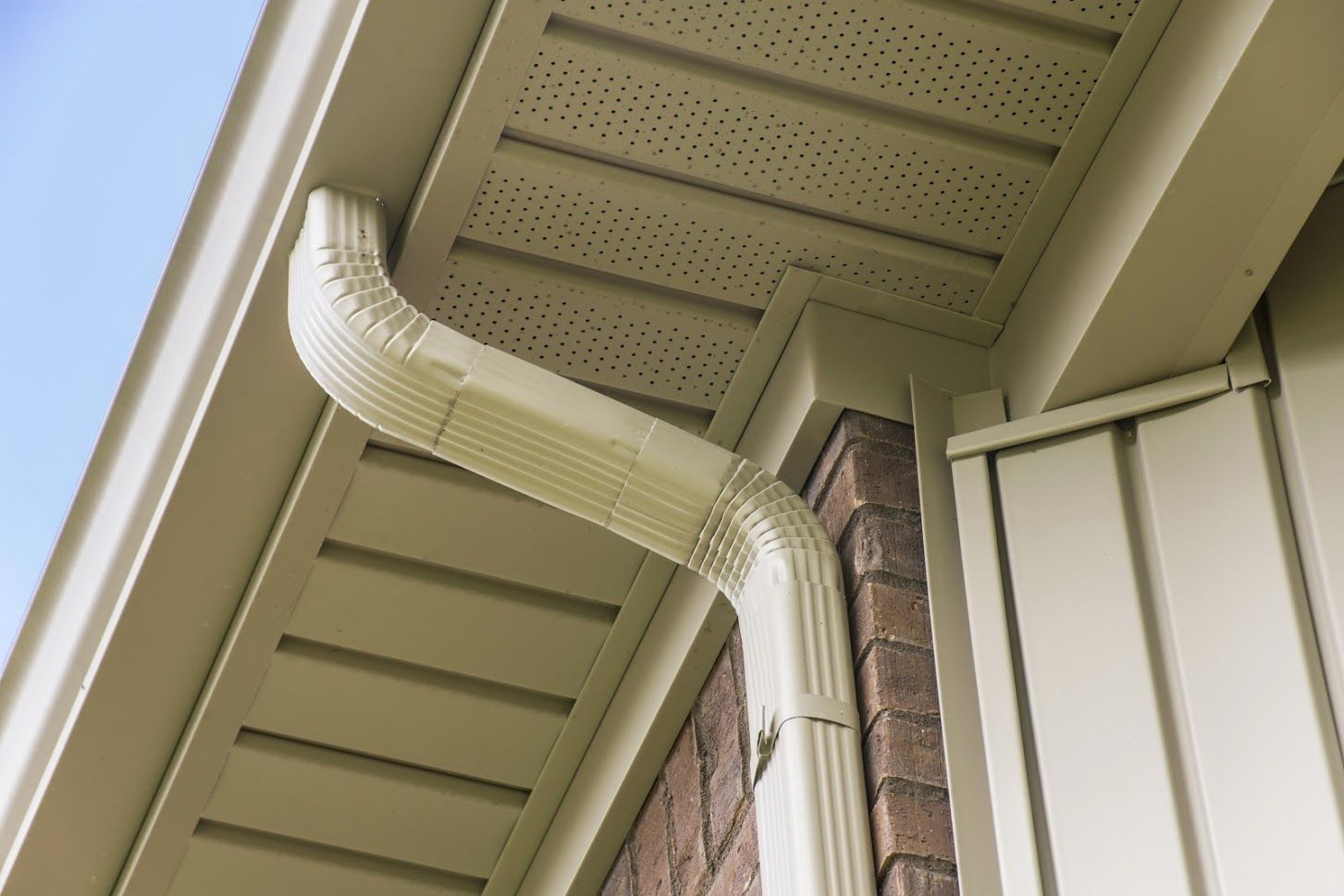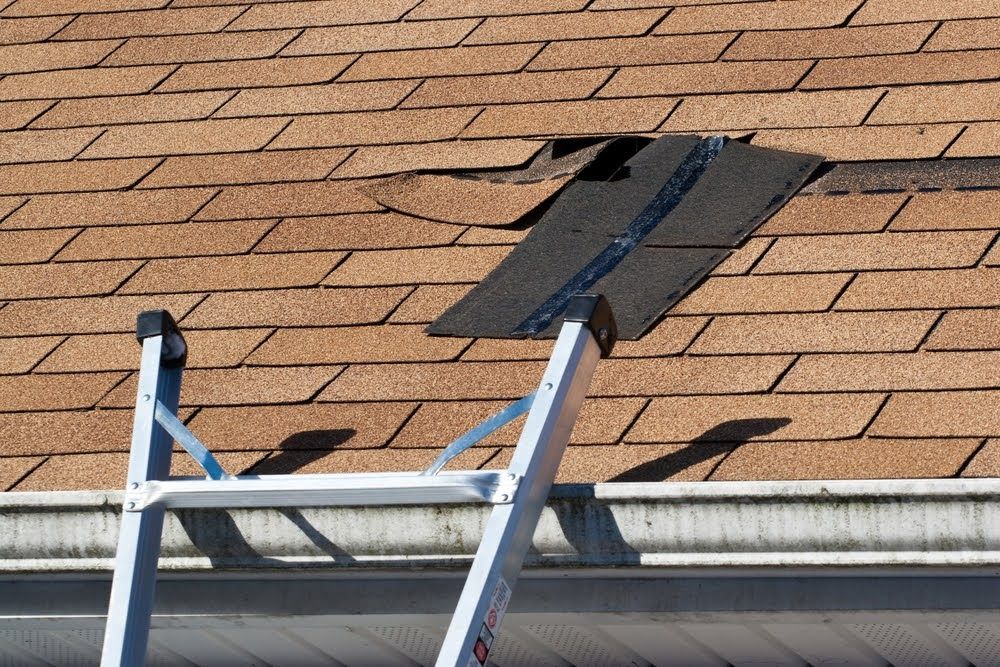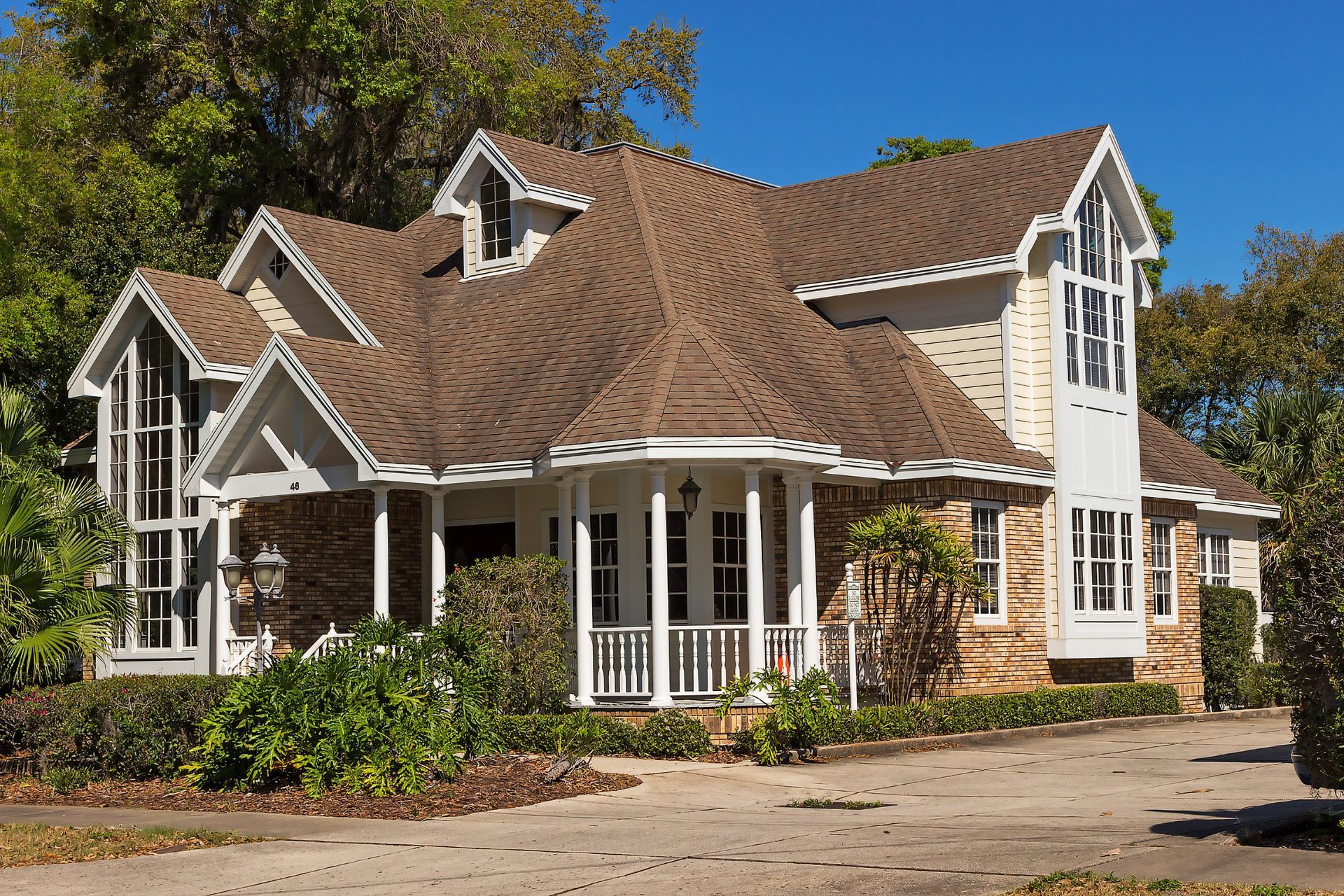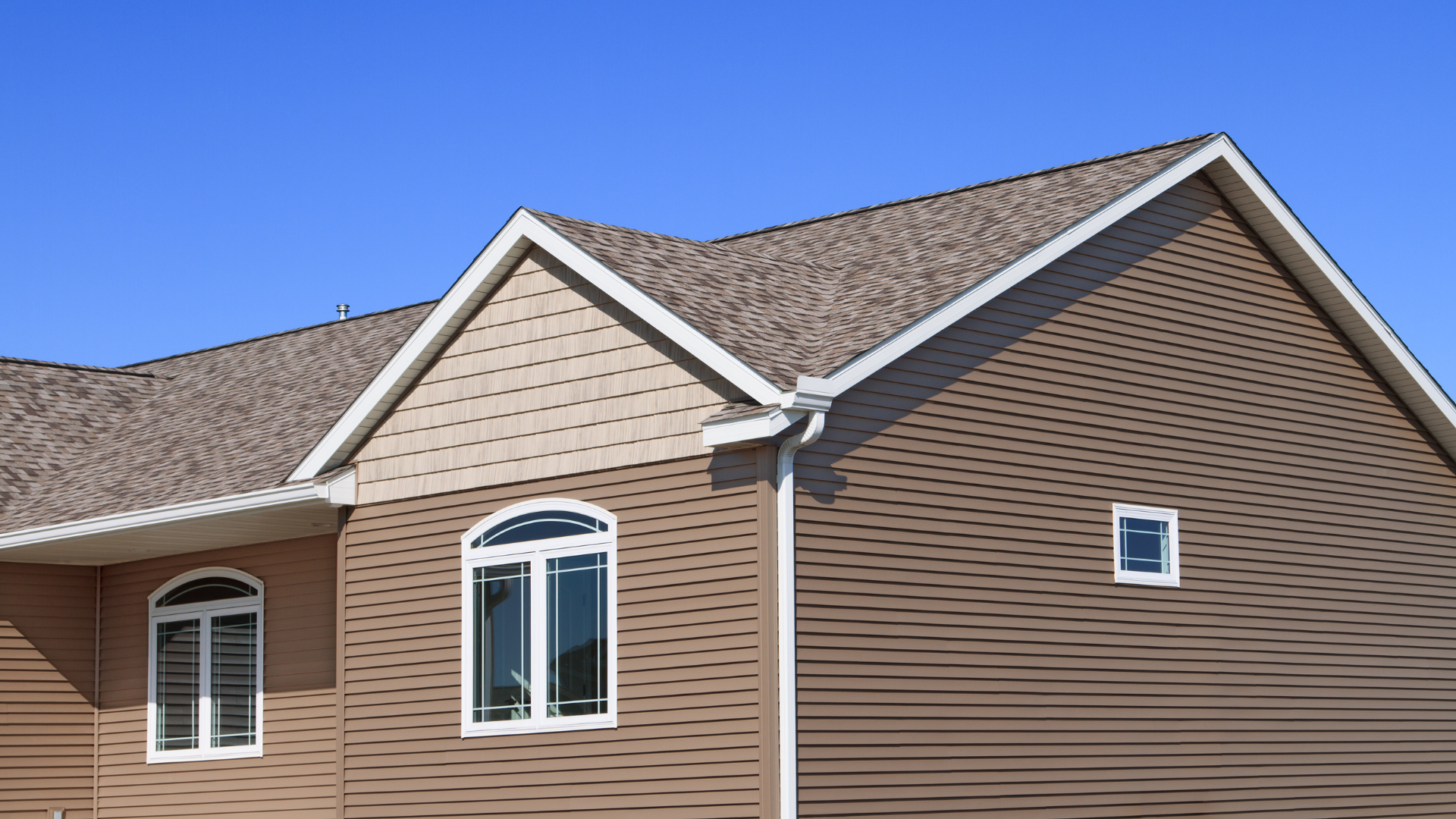Exploring Your Residential Home Siding Options
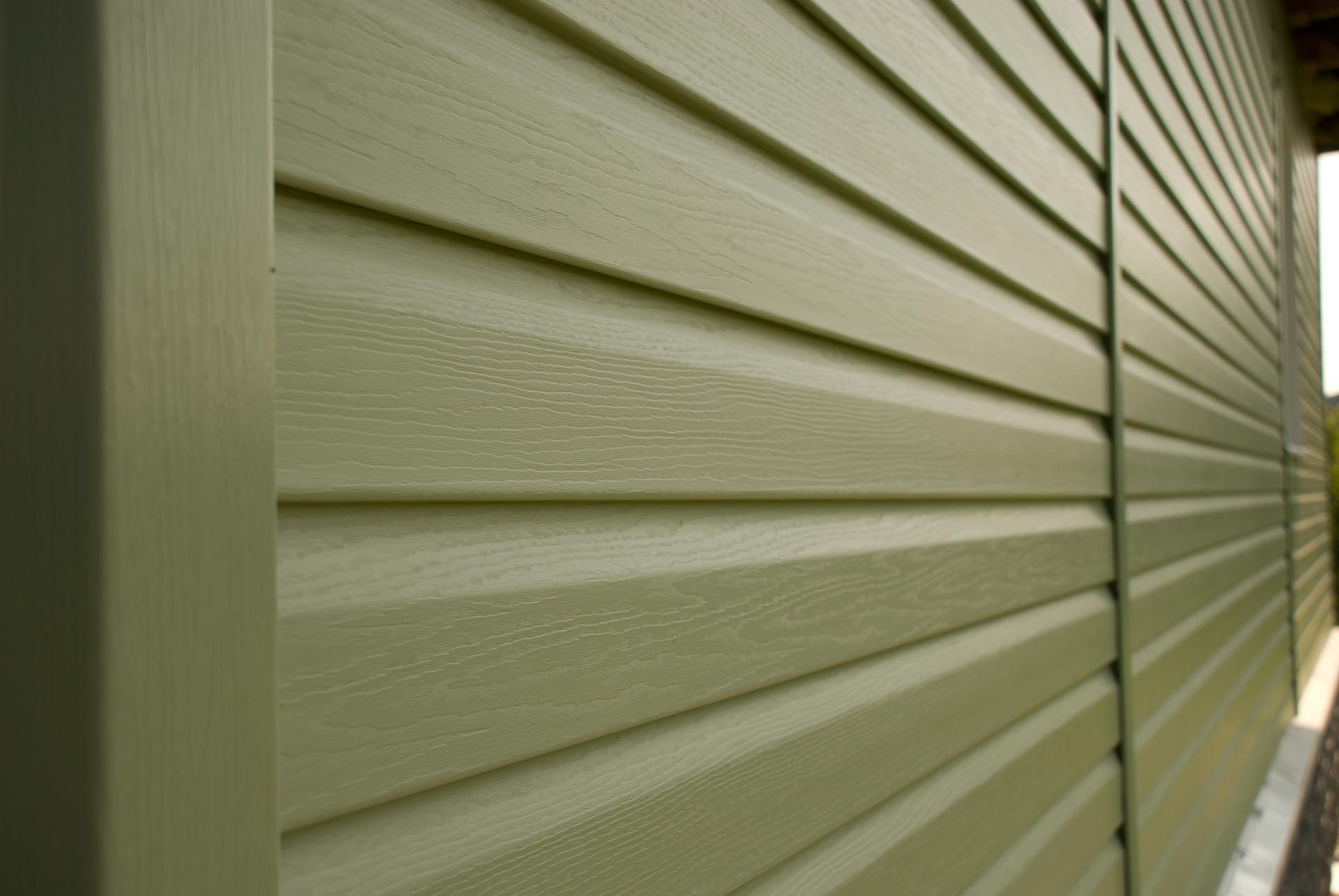
Your home's exterior isn't just about aesthetics—it is a protective shield against the elements. With numerous siding options available, homeowners are often overwhelmed with choices. Delve into the most popular siding types, examining the advantages and drawbacks of each to help you make an informed decision.
Vinyl Siding: A Popular Pick
Vinyl siding has been a go-to choice for many homeowners due to its affordability and variety. Available in numerous colors and styles, it is a versatile option to fit almost any architectural design.
Pros
Vinyl siding is lauded for its affordability and a vast array of design options. It's also relatively easy to install and requires minimal maintenance. Resistance to common pests, such as termites, adds to its appeal for many homeowners.
Cons
On the downside, vinyl can be less durable than some other options, especially in extreme weather conditions. Furthermore, it's not as environmentally friendly, and some homeowners might find its appearance less authentic than natural materials.
Wood Siding: A Classic Charm
Wood siding offers a timeless, natural aesthetic to homes, lending a sense of warmth and tradition.
Pros
Wood siding stands out for its timeless aesthetic appeal. It's versatile, allowing for various finishes including paints, stains, and varnishes. It also acts as a natural insulator, helping to regulate home temperatures.
Cons
The primary drawback of wood is its high maintenance requirement. it can also be susceptible to termites, rot, and warping. Without regular upkeep, its lifespan can be significantly reduced.
Fiber Cement Siding: A Durable Hybrid
Fiber cement combines the strength of cement with the flexibility of fibers, making it a resilient siding choice.
Pros
Fiber cement siding offers an attractive blend of durability and aesthetics. It's resistant to many common siding pitfalls, such as termites, rot, and fire. This material can also mimic the appearance of wood, stone, or brick, offering homeowners a range of design possibilities.
Cons
A notable downside is its weight, which can make installation more challenging. Additionally, it tends to be pricier than options like vinyl.
Metal Siding: Modern and Sleek
Once confined to industrial or commercial buildings, metal siding, particularly aluminum and steel, is now making its way to residential exteriors.
Pros
Metal siding is highly durable and resistant to fire, rot, and pests. It's also an eco-friendly choice, often being made from recycled materials, and it can be recycled at the end of its life. Additionally, its sleek appearance can give homes a modern and industrial aesthetic that stands out.
Cons
There are some concerns with metal siding, including the potential for it to be noisy during heavy rain or hail. It can also be less insulating than other materials, which could impact energy efficiency.
Stucco Siding: An Age-Old Artisanal Choice
Stucco, a mix of cement, sand, lime, and water, is applied in layers over a mesh base, giving homes a textured, artistic finish.
Pros
Stucco provides a unique and textured appearance, adding an artisanal touch to homes. When applied correctly, it offers a durable exterior that's resistant to fire and pests.
Cons
Proper installation is crucial; otherwise, it can crack or separate from the home. Its porous nature also means that it's not always the best choice for very wet climates without adequate waterproofing.
Your home's siding plays a pivotal role in defining its character and protecting it from external adversities. While each siding option has its strengths, the best choice depends on your aesthetic preferences, maintenance willingness, and budget constraints. When you're ready to take the next step, consult with HomeTeck Roofing & Remodeling to review your options and ensure your home gets the protective shield it deserves.
